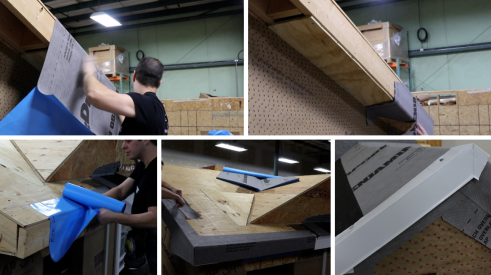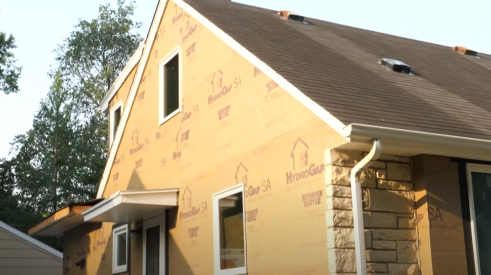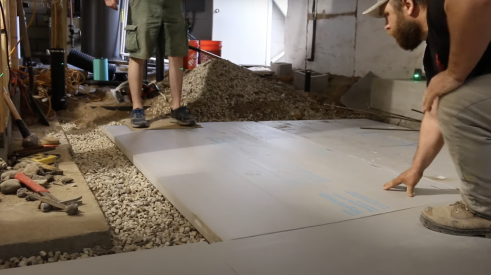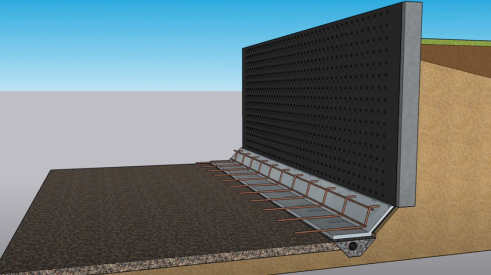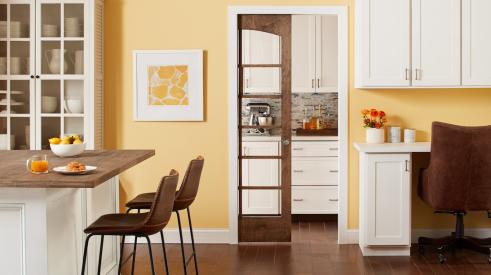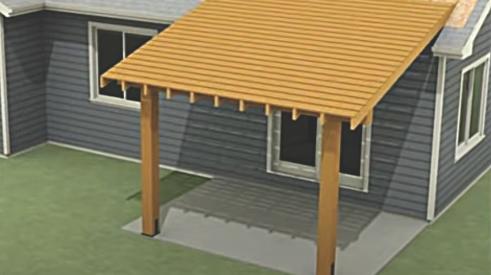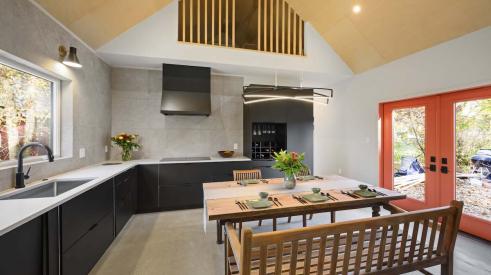I recently listened to an interview with Kevin Systrom, the co-founder of Instagram. The host asked many questions about the company’s history and amazing success. As he was pouring out compliments, the founder said, “I have this thesis that the world runs on luck. Everyone gets lucky for some amount in their life. And the question is, are you alert enough to know you’re being lucky or you’re becoming lucky?” He added that, “[Instagram] just happened to be the right tool for that job at the right moment.”
The interview made me think, and I began to take inventory of the best remodeling businesses in the industry and ask myself, “Are they really good or are they lucky?”
What’s important about this question is that you know when you are good and not believe that you are good when you are really just lucky. With that in mind, let’s look at some concepts that can help make a company lucky:
1] The environment. The remodeling environment is strong. Homes are appreciating, interest rates are low, employment is high. The stock market has gone up about 400 percent in the last nine years, and housing demand is strong. All of these indicators encourage homeowners to want to invest in their homes. While I am not sure I would call this “lucky,”
I would say that this environment can help to disguise weaker companies.
2] Leads and opportunities. Are the leads and opportunities flowing in or do you have to work hard to earn the right to tell your story? Is your marketing spending high or low? Are you taking orders or really working to close the deals?
3] Big projects. In the last couple of years, many companies have hit the jackpot with some big projects and opportunities. As you take inventory regarding this lucky vs. good theme, you need to look at your project blend and whether any home-runs have landed on your doorstep. These projects can throw off your numbers and your belief in lucky vs. good. There are a few golfers who get a hole in one, but that doesn’t make them a skilled scratch player.
The following are 10 indicators of good:
1] You know your numbers. This includes budget, leads, sales, close rates, gross profit, and so on.
2] You’ve clearly communicated your vision.
3] You’re able to find and retain talent.
4] You can accurately predict business metrics, whether it’s project cost or forecasting for the year.
5] You have written goals and can execute them.
6] Your team is aligned with your vision and believes in the company’s values.
7] You offer a world-class product and top-notch client experience.
8] Your company processes are written down
in detail.
9] You have consistent year-over-year growth in profitability.
10] You have a strong community reputation and strategic alliances.
The remodeling business is more complicated and nuanced today than ever before, and in this environment, it’s easy to say you’re good when it really is just luck. Distinguishing the difference is important. And so is remaining humble and grateful for successful results, when it may have been a little luck that got you there.
Related Stories
How to Weatherize Roof-Wall Intersections
Mitigating moisture between changes of materials and panes requires special attention
3 Steps for Installing House Wrap and a Rainscreen
ProTradeCraft's Building Resilience walks you through how to install a self-adhered house wrap, liquid flash obstructions, and top it off with a rainscreen
How to Insulate a Heated, Structural Slab with XPS
ProTradeCraft's Building Resilience season three starts with making a basement more comfortable
How to Retrofit Foundation Footings
To make a low-height basement a more comfortable living space, this remodeler digs deeper but needs to add support to do so
Crawl Spaces to Basements: Proceed with Caution
Converting a crawl space to other uses can upgrade a home and add significant value, but when done incorrectly, it can also be disastrous
Webinar: Project and Trade Management Musts—The New American Remodel 2023
Access the webinar here to learn project and trade management lessons from The New American Remodel 2023
How to Attach a Patio Roof to an Existing House
Discover expert tips on how to attach a patio roof to an existing house. Elevate your homeowner clients' outdoor living spaces with our comprehensive guide.
How To Improve Energy Performance in Existing Attics
There’s more to insulating the attic than attic insulation; there’s venting, air sealing, and misery
Model ReModel 2022: A Case Study in Sustainable, Thoughtful Construction
The eighth annual Model ReModel project features an accessory dwelling unit, designed for aging in place, attached to a 19th-century Victorian




